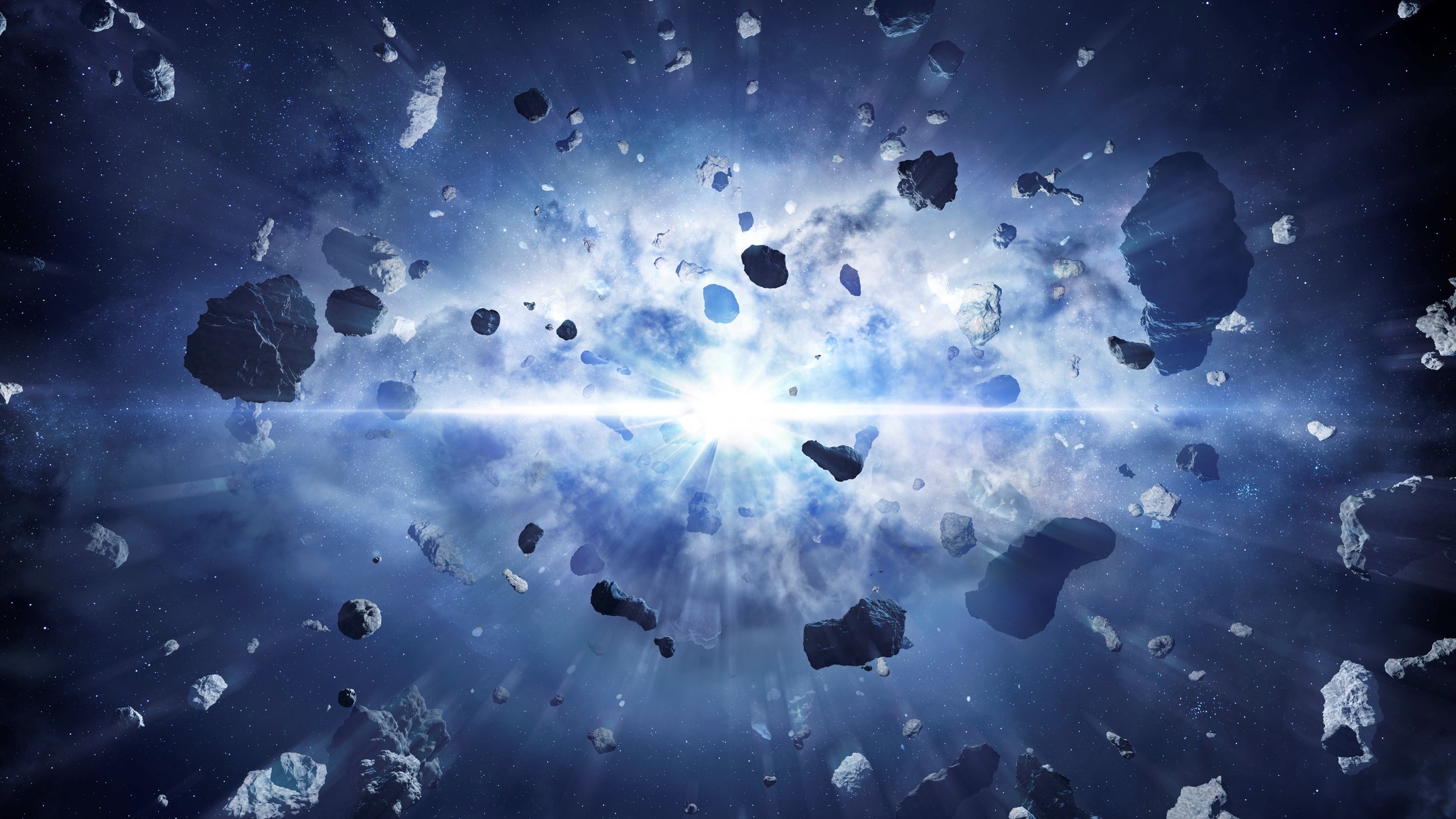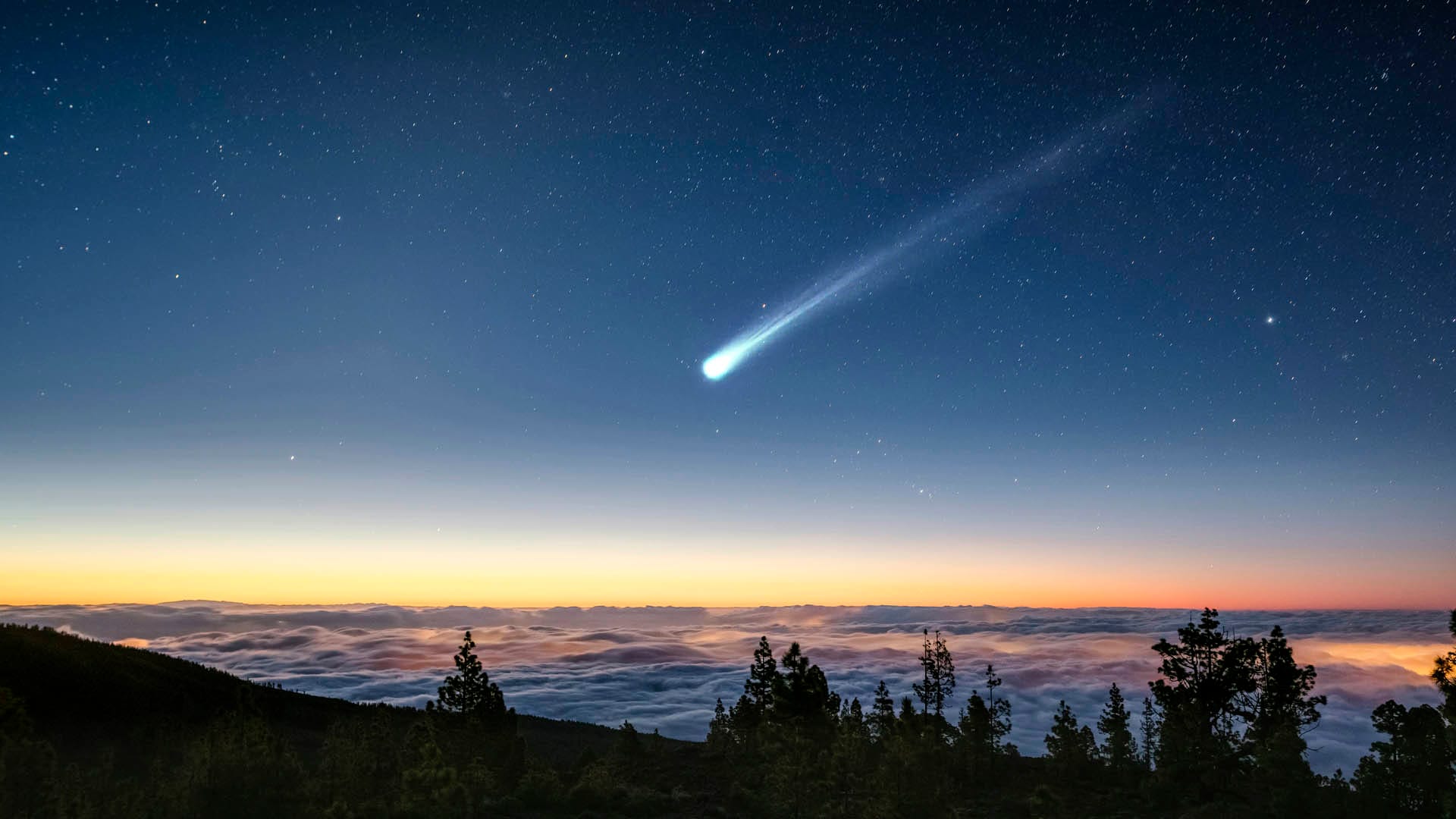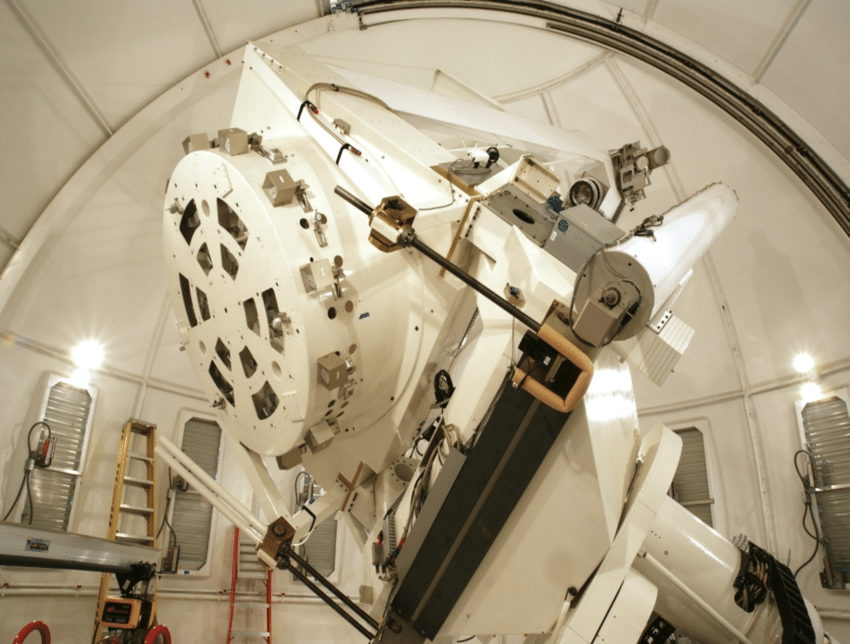The Big Bang is the prevailing cosmological model that describes the origin and evolution of the universe. According to this theory, the universe began as an extremely hot and dense state, and has been expanding ever since.
Key Points of the Big Bang Theory
- Singularity: The universe started as a singularity, an infinitely small and dense point.
- Expansion: From this singularity, the universe began to expand rapidly.
- Cooling: As the universe expanded, it cooled down.
- Formation of Matter and Energy: As the universe cooled, matter and energy began to form.
- Cosmic Microwave Background Radiation: The leftover heat from the Big Bang is observed as the cosmic microwave background radiation, a faint glow of light filling the universe.
Evidence for the Big Bang Theory
- Cosmic Microwave Background Radiation: This radiation is a direct remnant of the Big Bang and provides strong evidence for the theory.
- Redshift of Galaxies: The redshift of galaxies, indicating that they are moving away from us, supports the idea of an expanding universe.
- Abundance of Elements: The observed abundance of elements in the universe closely matches the predictions of the Big Bang model.
The Future of the Universe
The ultimate fate of the universe is a subject of ongoing debate among scientists. Possible scenarios include the Big Crunch, where the universe eventually collapses back into a singularity, or the Big Freeze, where the universe expands indefinitely until all matter and energy are dispersed.
The Big Bang Theory is a powerful and elegant explanation for the origin and evolution of the universe. It is supported by a vast amount of scientific evidence and continues to be a subject of active research.
Would you like to learn more about a specific aspect of the Big Bang Theory, such as the cosmic microwave background radiation or the different possible fates of the universe?



